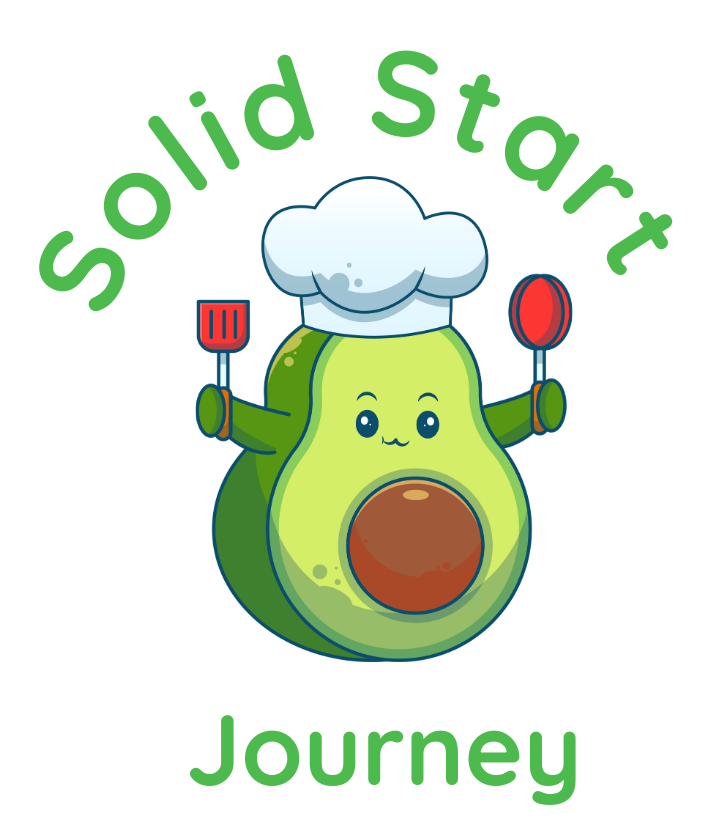Learn how to use this method to feed a picky eater and get tips on how to incorporate the strategy during mealtime at home.
Contents
Many child feeding experts think so. The division of responsibility feeding method is often promoted as a way to address picky eating and help young children (and older children too) develop healthier eating habits. And in the process, it can make the whole “what to feed my child” issue a little less stressful for you as well.
What is the Division of Responsibility in Feeding Method?
The division of responsibility in feeding method, officially known as the Satter Division of Responsibility (sDOR), is a feeding method designed to help children learn to trust their own hunger and fullness cues. Developed by nutritionist and family therapist Ellyn Satter, sDOR (or DOR for short) can be used with children of any age — from babies, toddlers, and older children to teens and young adults. But it’s often praised as being particularly helpful with young children as a strategy to reduce mealtime battles and picky eating.
The division of responsibility is sometimes described as an approach where “parents provide and children decide.” In other words, parents are responsible for providing the food, but children decide what and how much of the food they want to eat.
At first, this might sound like giving your child free rein to eat whatever they want. But DOR is not about letting your child eat a whole box of cookies for dinner. Quite the opposite, in fact.
With DOR, it’s the parents’ job to offer a variety of delicious foods at regular meals and snacks. Most of the offerings should be healthy and nutritious, of course, but regular treats should be on the menu too. It’s the child’s job to choose which items they want to eat (and which they might not want), as well as how much.
In practice, this might look like serving spaghetti, meatballs, and salad family-style for dinner and letting your child choose what they want from the three items. If they want three servings of pasta, great. If they want one meatball and a spoonful of salad, that’s fine too. And if they decide they don’t want any of it? That’s okay as well. You can trust that they’re probably not hungry enough to eat, and they’ll make up for it at the next snack or meal.
Why Should I Try the Division of Responsibility Method for My Picky Eater?

Letting your toddler take on the role of deciding what and how much they want to eat may make mealtimes less stressful for everyone, according to the Academy of Nutrition and Dietetics. Here are a few ways families can benefit:
Reduces mealtime battles and stress
Your child’s developing food preferences and desire for control can lead to endless requests for their current favorites at mealtime or snack time — and a refusal to eat anything else. Catering to their fickle tastes just teaches them that they can whine to get a cupcake at dinner when they don’t like what’s on the table.
Offering a fixed set of options and letting them choose from them takes the dreaded negotiations off the table, while still giving your little one the sense of control they crave. They may complain about the new arrangement at first, of course, but if you’re consistent, they’ll eventually adjust.
Helps children maintain a balanced diet
It might seem like letting your child choose what foods to put on their plate would make it harder for them to get a balanced mix of nutrients. And indeed, they probably won’t choose a perfectly balanced meal every time.
But if you’re offering a variety of healthy options, it’s likely that their choices will balance out over several days or a week. They might feel like having just toast and fruit one day, but choose to load up on yogurt or chicken another time.
Encourages children to tune into their hunger and fullness cues
Sometimes, your little one might refuse a food (or an entire meal or snack) simply because they’re not hungry. That’s a good thing! During childhood, children have a natural ability to regulate their food intake to support their growth. But over time, consistently encouraging children to take “just one more bite” or finish their plates can start to override these instincts.
Letting your child decide how much food they want (or don’t want) helps them stay in tune with their body’s needs, which can help them continue choosing healthy portions as they grow.
May encourage children to be more adventurous eaters
DOR probably won’t make your veggie-hater beg for broccoli overnight. But when there’s less pressure to eat certain foods, you might find they become more open to trying new things.
Can help children learn to handle treats and snacks better
Desserts and treats are definitely part of DOR, and taking a relaxed approach to how much your child chooses to eat might pay off in the long run.
While your child may return for a second or third cookie at first, over time they’ll start to see those beloved snacks as just another food, instead of a rare treat that only comes around occasionally. This can actually encourage children to adopt a more moderate approach to desserts and snacks, research shows.
Tips for Feeding Your Picky Toddler Using the Division of Responsibility
It may take some time to adjust to DOR (both for you and your picky toddler), especially if your family is used to a more hands-on approach. For a smoother start, keep these tips in mind.
Stick to a regular routine
A predictable routine of meals and snacks helps children know what to expect and gives them plenty of opportunities to refuel. If your little one decides they’re not hungry, they can always eat more at the next opportunity.
Offer a variety of foods
A variety of choices exposes your child to different flavors, textures, and, of course, nutrients. Even if they’re not willing to try something, keep offering it. They may change their mind eventually.
Have something on the table that you know your child likes
Not every item you serve needs to be a favorite. But having something you know your child will eat can help them feel more comfortable — and may encourage them to try other things. It can also help you figure out if they’re hungry or not (because if they were, they’d be eating that comfort food on their plate).
It can be tough for parents to let go of control and allow their children to decide what and how much food they want at mealtimes.
Resist the urge to pressure
If your child doesn’t want a certain food (or any food), stay calm. Remember, it’s their job to decide what and how much to eat! You can also ask your child how much they’d like to eat or if they want to eat.
Serve family-style meals
Instead of serving food cafeteria-style to your child, ask if they’d like a scoop of potatoes or some pieces of chicken. When they get to serve themselves (even if it’s a bit messy), even better!
Sit together at the table, turn off the TV, and put away the phones
Make mealtime and family time the focus when eating together. Screens can distract your child and make it harder for them to eat. Be sure to talk to your child during meals too (about things other than food!).
Be a good role model
When your toddler sees you enjoying a variety of healthy foods as well as your favorite treats, they’ll start to do the same.
Call the doctor if you have concerns
While DOR can be an effective approach for many families, it might not be suitable for all children. Talk to your pediatrician if your child’s picky eating habits seem to be affecting their growth or behavior. Together, you can determine if there are underlying issues affecting your child’s eating and find a solution that works for them.
Above all, be patient. The division of responsibility approach may be your ticket to taming picky eating, but changing your family’s eating habits might also be an adjustment. The change may not come overnight! But if you stay calm, relaxed, and consistent, you’ll find your way to happier, easier mealtimes.





